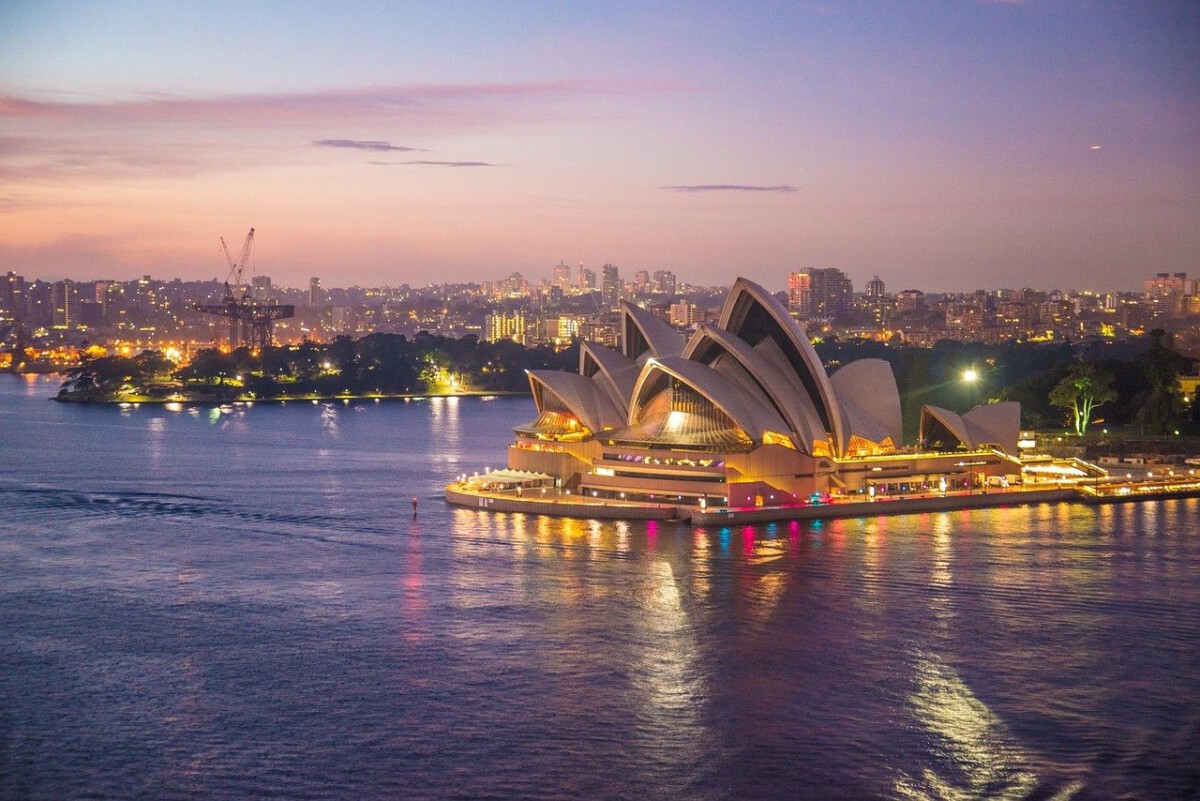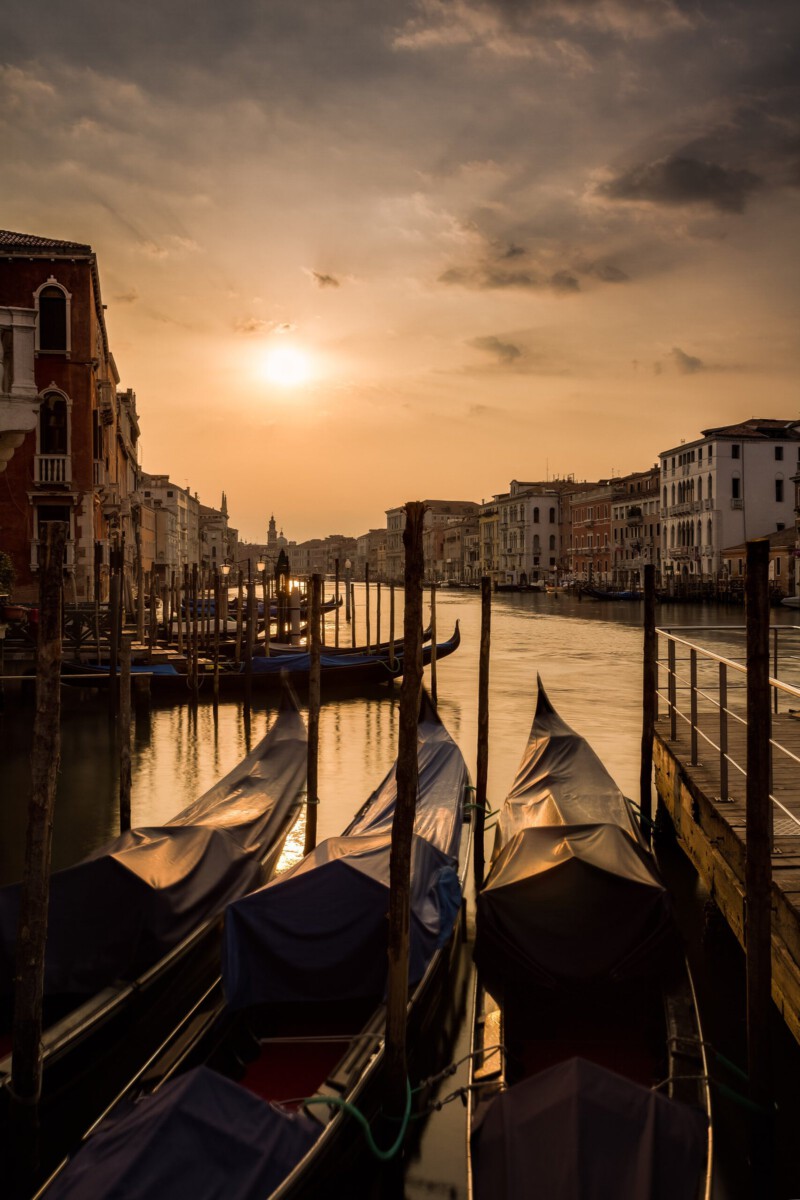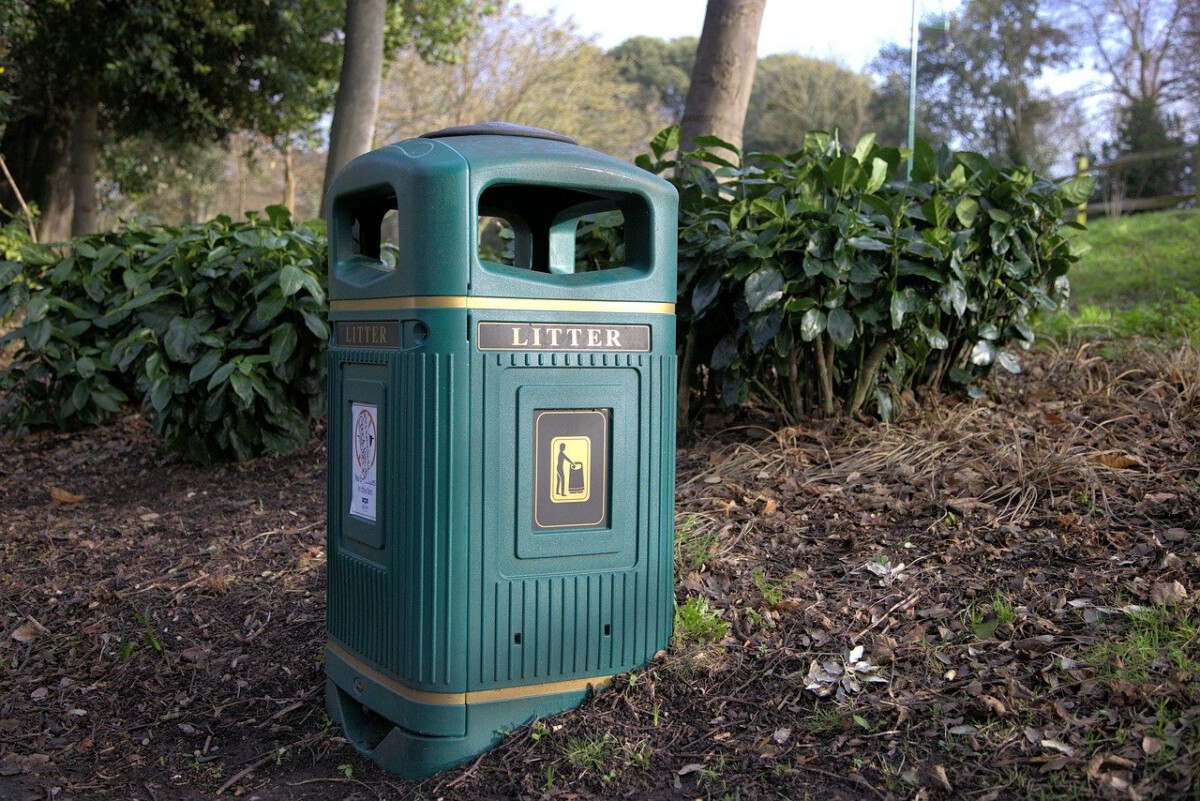The Eiffel Tower, Paris

There is something almost magical about seeing the Eiffel Tower rise above the Parisian skyline, especially when the city is in bloom. Springtime, from April to June, is widely considered the best season for a visit. The weather is gentle, the air is fresh, and cherry blossoms frame the gardens around the base. According to the Paris Tourist Office, over 7 million people visit the Eiffel Tower annually, but the highest crowds arrive in July and August. To avoid sweltering heat and long lines, early morning or late evening visits are highly recommended. Not only are crowds smaller, but the tower’s nightly illuminations create a sparkling spectacle that will leave you breathless. Lift tickets are easier to get during these off-peak times, making your Paris dream more accessible and less stressful.
The Great Wall of China

Standing atop the Great Wall of China, you can feel the weight of centuries beneath your feet. The best months to experience this wonder are September to November, when the mountains are awash in fiery autumn colors and the air is comfortably cool. The China National Tourism Administration reports that summer (June to August) brings not only intense heat and humidity but also huge crowds, especially at popular sections like Badaling. Springtime, particularly April and May, also offers pleasant weather and blooming wildflowers, though it’s wise to check for major holidays like Golden Week, when domestic tourism surges. Early morning treks provide solitude and the chance for stunning photos without the sea of tourists. It’s a breathtaking way to connect with history and nature all at once.
Machu Picchu, Peru

Machu Picchu’s misty peaks and ancient stones attract travelers from across the globe, but timing your visit is crucial. The Peruvian Ministry of Culture highlights May to September as the prime dry season. During this period, trails are less muddy and the famed Inca steps safer to navigate. June and July see a spike in visitors, so booking months in advance is essential if you want to hike the Inca Trail or secure a train ticket. May and September hit the sweet spot, offering good weather with fewer crowds. Rain from November to March can lead to slippery trails and occasional closures, making the dry season not just preferable but practical. The early morning light at Machu Picchu is particularly enchanting, often accompanied by a magical, lingering mist.
The Colosseum, Rome

The Colosseum’s towering arches echo with the roars of ancient crowds and are best explored in the milder months. Italy’s National Institute of Statistics highlights April to June and September to October as the top times to visit. The weather is pleasant, and the summer tourist rush has not yet peaked. By arriving early in the morning, you can beat both the lines and the midday heat, giving you time to wander the arena floor or climb to the upper tiers for panoramic views of Rome. During the off-peak seasons, ticket prices and wait times drop, and the ancient stones are bathed in golden sunlight, ideal for photography enthusiasts. Experiencing the Colosseum without the crush of crowds transforms it from a tourist destination to a time machine.
The Taj Mahal, India

The Taj Mahal’s marble domes glow most beautifully in the soft winter sunlight. The Archaeological Survey of India recommends visiting between October and March, when temperatures are cool and skies are clear. While sunrise and sunset are the most magical times—casting the monument in a golden or rosy hue—they are also the least crowded, perfect for that postcard-worthy photo. Major Indian holidays like Diwali and Holi bring in large crowds, so checking the festival calendar is wise. Winter mornings may be foggy, lending a mysterious, dreamlike atmosphere. By mid-morning, the fog usually clears, revealing the Taj’s full splendor. With daily visitor caps and security checks, planning ahead ensures a serene and memorable experience.
The Statue of Liberty, New York City

The Statue of Liberty stands as a beacon of hope and freedom, but visiting her is best done outside the peak summer months. The National Park Service suggests spring (April to June) and fall (September to November) for manageable crowds and mild weather. Summer can bring ferry waits of up to two hours or more, especially around the Fourth of July. Early morning arrivals secure the first ferries, offering peaceful views of the harbor and a quiet climb up to the crown. Cooler months also mean fewer tourists in the museum and on Liberty Island’s grounds, making exploration more relaxing. The changing fall foliage against the Manhattan skyline is a sight not to be missed.
The Pyramids of Giza, Egypt

Few sights are as awe-inspiring as the Pyramids of Giza rising from the desert sands. The Egyptian Tourism Authority recommends visiting from October to April, when daytime temperatures are comfortable and evenings are cool. Summer temperatures can exceed 40°C (104°F), making exploration exhausting and even dangerous. Early morning is the optimal time—not only to avoid the worst heat but also to see the pyramids bathed in soft light. Winter months bring fewer tourists, allowing for quieter moments to absorb the scale and mystery of these ancient feats. Exploring in the off-season also makes camel rides and guided tours more enjoyable and less rushed.
The Acropolis, Athens

The Acropolis, perched high above Athens, is best appreciated when the city isn’t baking under the summer sun. The Greek National Tourism Organization points to March through May and September through November as the top months to visit. During these times, temperatures are milder, and you’re less likely to encounter large tour groups blocking the pathways. If you arrive as the gates open, you’ll find the Parthenon bathed in golden light and the city below waking up. Summer afternoons can reach over 35°C (95°F), making the climb and exploration quite challenging. Fall brings a gentle breeze and the scent of blooming wildflowers, adding extra charm to your journey through history.
Petra, Jordan

Petra’s rose-red city, carved into cliffs, is a wonder best experienced in the gentler seasons. The Jordan Tourism Board recommends March to May or September to November for optimal weather. Daytime highs are comfortable, and the desert landscape is painted with wildflowers in spring. Summer temperatures can soar above 40°C (104°F), turning the hike through the Siq and up to the Monastery into an ordeal. Early morning and late afternoon visits are perfect for avoiding both crowds and harsh sunlight, making the intricate carvings glow with color. The site’s “Petra by Night” event, held several evenings a week, is also less crowded in the shoulder seasons, creating a dreamlike experience by candlelight.
The Sydney Opera House, Australia

The Sydney Opera House dazzles against vivid blue skies and sparkling harbor waters, and the best times to visit are spring (September to November) and fall (March to May). According to Destination NSW, these periods offer pleasant weather and a vibrant calendar of outdoor events. Summer brings larger crowds, especially during the Christmas and New Year holiday season, making tickets to performances and guided tours harder to secure. Visiting early in the morning or around sunset offers a peaceful atmosphere and spectacular photo opportunities as the building glows in the changing light. Spring and fall are also ideal for harbor cruises or picnics in the nearby Royal Botanic Garden, rounding out a memorable Sydney experience.




